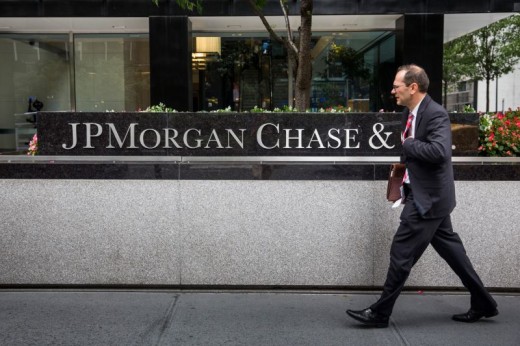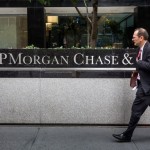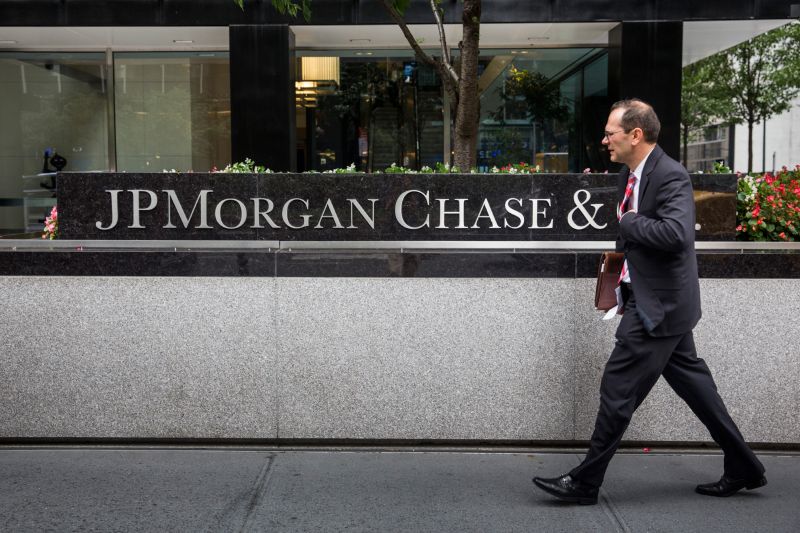Why J.P. Morgan IPO access is a big Deal for normal buyers
October 30, 2015

In conception, an initial public offering (IPO) is a possibility for atypical investors to share within the success of a big, rising firm. got a hunch that Uber will continue its meteoric upward thrust? Can’t wait to be an investor in Pinterest? simply hold tight for his or her respective IPOs, snap up some shares and watch as your share worth climbs a number of points in a subject of months.
unfortunately, that’s not how issues usually go. instead, the simpler returns have a tendency to head to “institutional buyers” (i.e. banks, mutual cash) and excessive-web-value clients, whereas average buyers wind up with simplest modest gains.
J.P. Morgan Chase needs to alter that. On Oct. 21, the bank announced it could accomplice with online brokerage Motif Investing to offer small-time buyers the identical opportunities afforded to wealthier and institutional ones.
Why have these investors had a bonus? The institutional and rich buyers continuously get access to an “IPO offer price,” which is ready the night time sooner than an organization goes public. When the outlet bell sounds tomorrow, the inventory worth routinely “pops” as a result of demand — every so often resulting in ninety-day returns of 5 to 20 percent. Institutional traders enjoy the immediate elevated value of their funding from the opening bell, whereas on a regular basis buyers were left with a higher, opening-day price.
you can find the long-time period advantage of this “pop” in the visualizations beneath, where buyers with IPO price get entry to outperformed traders with out access in four out of five years, and most starkly of all in 2015.
Enter the J.P. Morgan Chase announcement. With a minimal investment of simply $ 250, nearly any armchair investor will get full access to the IPO value — provided that the IPO is underwritten by using J.P. Morgan.
J.P. Morgan’s new policy follows in the footsteps of on-line trading structures like Loyal three, which have sought to make the IPO investing process extra public. These firms were responding to a specific funding roadblock from 1982, when Congress handed the Securities Act. The law integrated a different rule about who was allowed to wager on upcoming IPOs. particularly, Rule 501 limited IPO price investment to individuals with a web value of as a minimum $ 1 million or annual earnings of at the least $ 200,000. at the time, the rule of thumb was once meant to forestall dumb investments from the uninformed plenty.
due to the fact that then, then again, many everyday buyers have gained more instruments for assessing firms and IPOs. In 1982, good financial information was once onerous for on a regular basis traders to come by using; in 2015, customers can find all varieties of monetary instruments, pointers and instruments on-line. mix these modifications with the explosion of “pop”-friendly tech IPOs, and the little guys have been clamoring to get again in on the motion.
still, J.P. Morgan’s transfer is still controversial. First, institutional traders — similar to banks, mutual dollars and pension money — regularly contain heaps of little guys, each and every of whom already benefits on a small scale when a scorching new inventory “pops” all over an IPO. regular traders would possibly no longer have had get right of entry to to the IPO price previously, however they’ve benefited via their various team investments, like ETFs and retirement bills. Some imagine giving these related investors full, individual get admission to goes a step too some distance.
second, the unique nature of IPO investing traditionally has helped assure safe, successful IPOs. rich and institutional buyers agree to purchase shares ahead of time, and the company can rest guaranteed that it’s going to have loyal investors the minute it goes public. in the meantime, the institutional and excessive-internet-price buyers can sleep straightforward figuring out they’ll seemingly benefit from the outlet day “pop,” which is ceaselessly in double-figures, proportion-wise.
Investments from the little guys could throw this friendly arrangement into disarray. whereas institutional investors are likely to make long-term, predictable investments, conserving shares and reinvesting over time, on a regular basis traders are theoretically rather more unpredictable. Who’s to claim many of these traders gained’t dump their shares on day one, with a purpose to straight away benefit from a 10 to twenty percent “pop”? This risky behavior can be disastrous for a brand new public firm, which needs to venture balance and confidence, not a roller coaster of share value spikes and dives.
in spite of how this all performs out, the little investor is at last getting a seat back on the IPO table. every so often, simply getting a chance to play is crucial a part of all.
business & Finance Articles on industry 2 group
(33)














